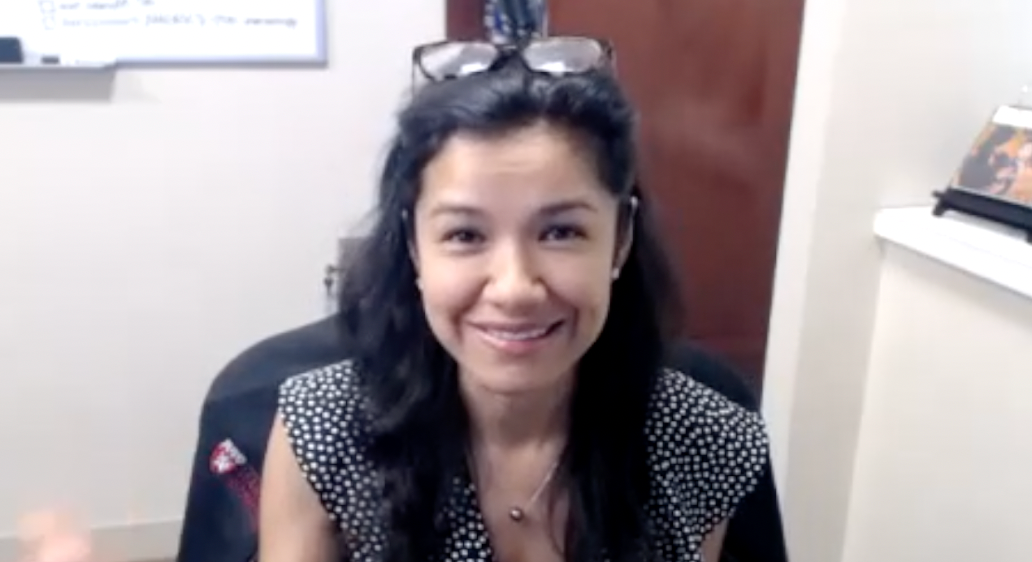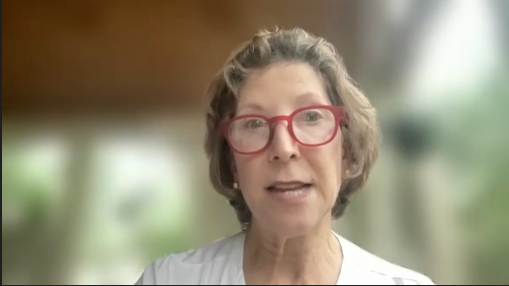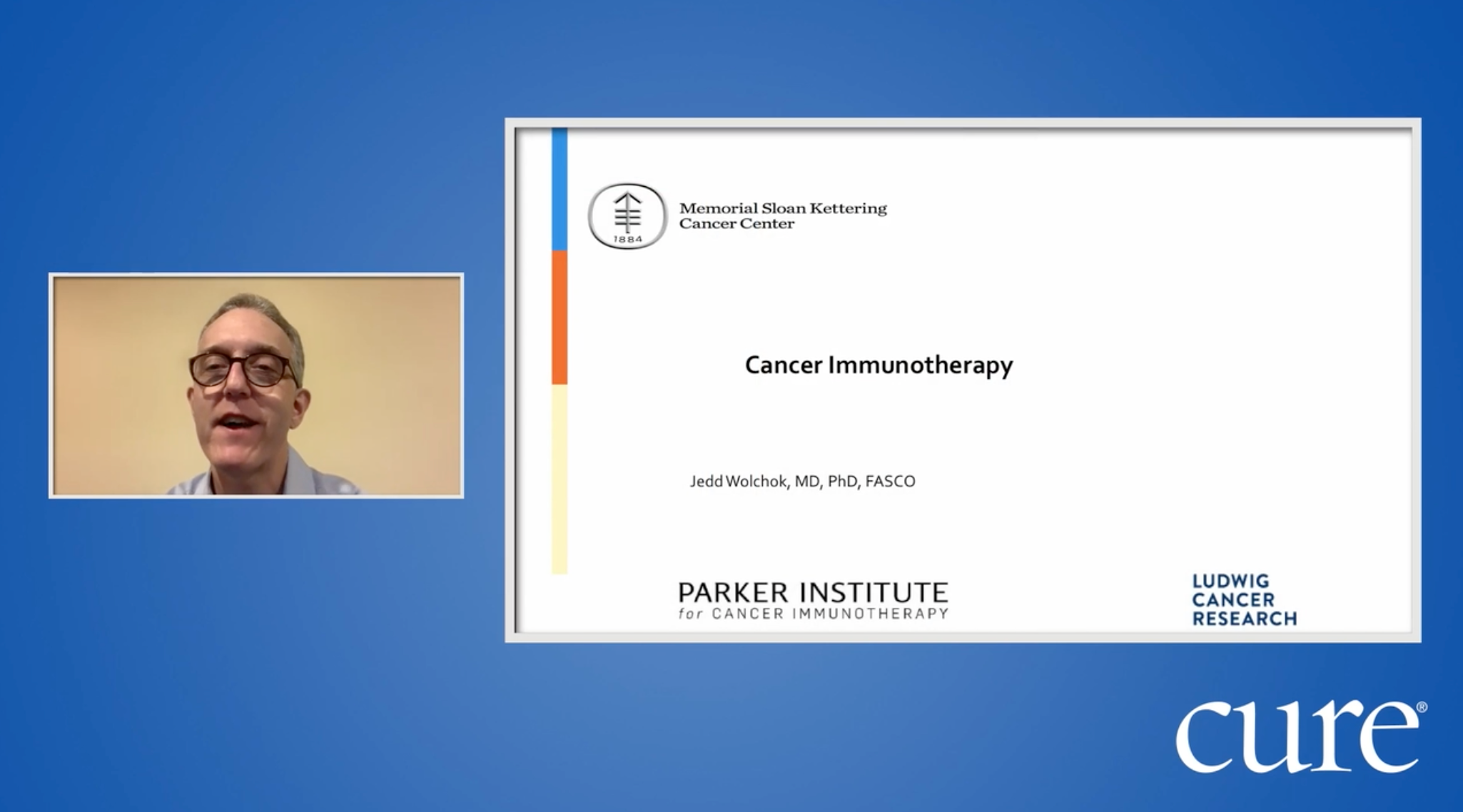Publication
Article
CURE
Thin Skin: Children Need Special Protection From the Sun's Damaging Rays
Author(s):
What should be done to protect children from the sun's harmful rays? The same multi-pronged approach that experts recommend for adults.
A child’s skin is thinner than an adult’s, and thus more sensitive to the sun’s damaging ultraviolet (UV) radiation, according to the World Health Organization, and children who get a lot of sun and sunburns can expect to face higher rates of melanoma as adults. Yet, because children tend to spend more time playing outdoors, most people get the majority of their sun exposure before they reach age 18.
So what should be done to protect children from the sun’s harmful rays? The same multi-pronged approach that experts recommend for adults.
That means covering up with protective clothing, a broad-brimmed hat and UV-filtering sunglasses; avoiding outdoor activity during the midday hours when UV radiation is most intense; seeking shade; avoiding tanning beds and sunlamps; and using a broad-spectrum sunscreen with a sun-protection factor (SPF) of at least 15.
The WHO emphasizes that sunscreen should never be used to prolong the duration of sun exposure, but rather as a routine complement to other safeguards.
Here are some key tips to keep in mind when it comes to sunscreen and children:
- Sunscreen and other UV-protection measures should be put in place for any outdoor activity, even on overcast days, because most UV radiation penetrates clouds and glass.
- Many surfaces, such as snow, sand and water, reflect the sun’s rays and magnify UV exposure.
- For sensitive areas of the body, like the nose, cheeks, tops of the ears and shoulders, the American Academy of Pediatrics recommends applying a mineral-based sunscreen instead of a chemical-based sunscreen to avoid possible allergic skin reactions or mild hormonal interference. Mineral-based sunscreens are made with zinc oxide or titanium oxide, though some also have chemical filters as active ingredients, so read the label carefully.
- Avoid the chemical filter oxybenzone in children’s sunscreen, if possible, because of concerns about mild hormonal properties. A sunscreen with oxybenzone, however, is still better than no sunscreen at all, because sunburns are dangerous and could lead to skin cancer later in life.
- Put sunscreen on 15 to 30 minutes before going outdoors and reapply at least every two hours and after swimming, sweating or drying off with a towel.
- For babies younger than 6 months, avoid using sunscreen without the advice of a doctor. Instead, keep babies that young covered up well and out of direct sunlight as much as possible.
- If sunscreen use for babies is necessary, apply it only on small areas of the body, like the face.
- Avoid using spray sunscreen that might accidentally get inhaled.

















